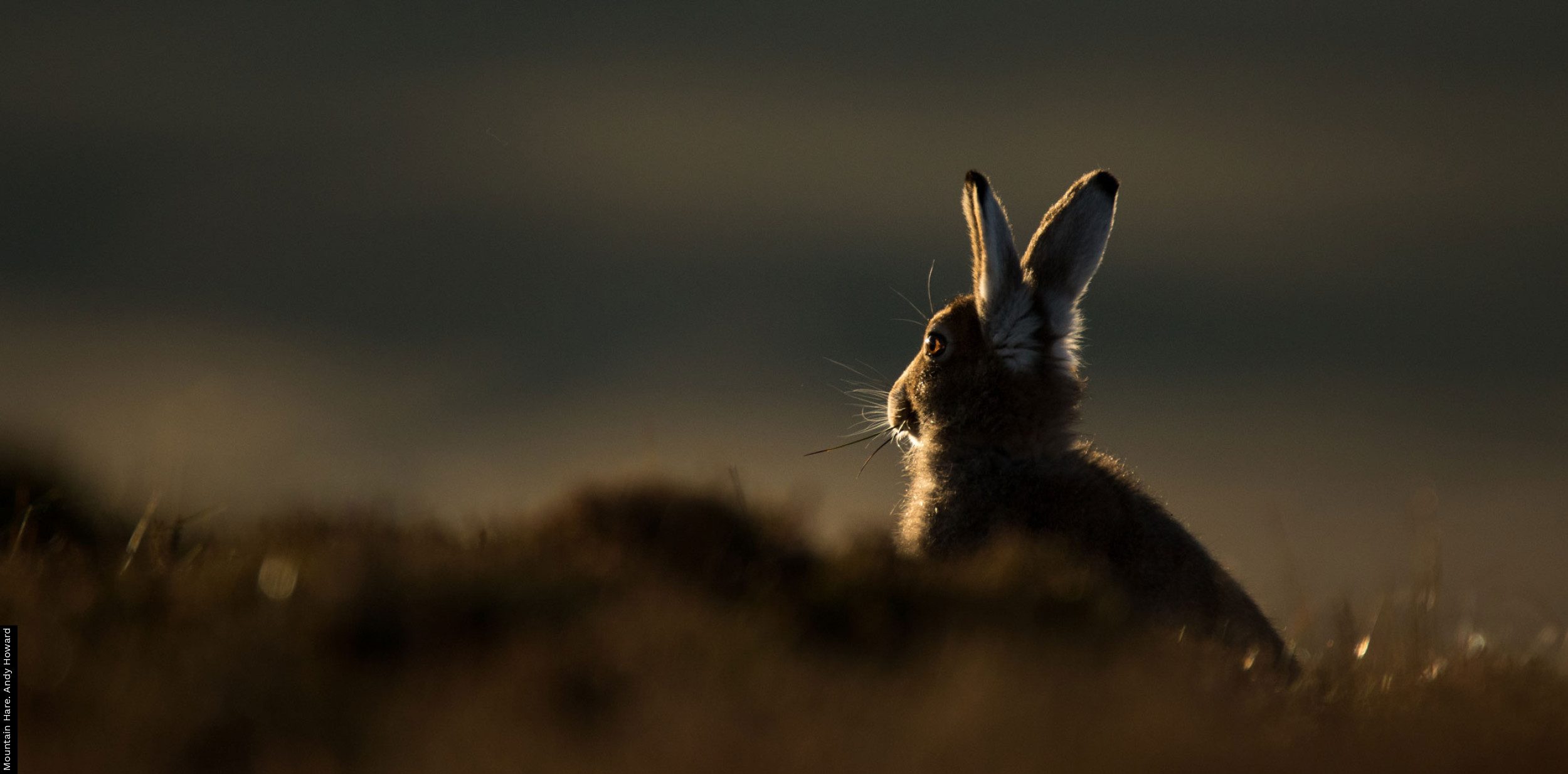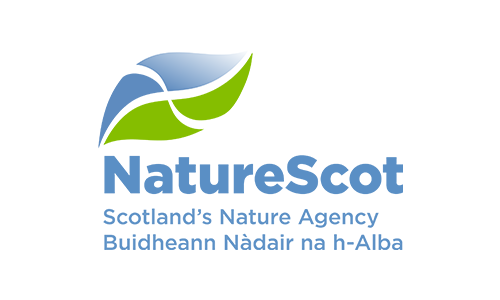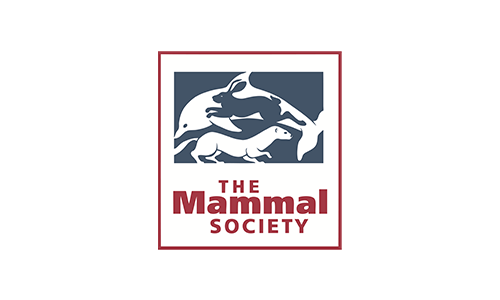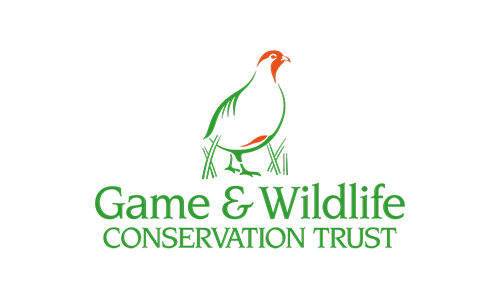Volunteer Mountain Hare Survey

The Volunteer Mountain Hare Survey project (VMHS) aims to gather much-needed information about Mountain Hares in Scotland. Volunteers record hares and (optionally) upland birds on any upland walk, or on structured survey visits.
Do you spend time in the Scottish uplands? Can you help with our project monitoring Mountain Hares?
It is easy to participate. All you need is a smartphone to record your sightings using the free Mammal Mapper app, or a pencil and clipboard to record your sightings on the field recording sheets.
You can undertake Rambling Surveys anywhere in Scotland, while on any walk. Alternatively, you can sign up to do Square Surveys of particular 1 km squares, adding further value.
By contributing to an improved understanding of abundance and distribution you’ll be helping to inform management and conservation strategies for this charismatic, near-threatened species.
Time / Skill Required
Project timeline, contributions & findings
Project timeline
- 22/03/21 - Project launch
Why survey Mountain Hares?
The Mountain Hare, Lepus timidus, is Britain's only native member of the hare and rabbit family. Within Britain, its native range is restricted to the Scottish uplands, though small populations are found elsewhere.
In recent years there have been growing concerns about the population of Mountain Hares, particularly in Scotland. The species faces a number of threats including reduced habitat due to changes in land use, uncertainty over the sustainability of control measures, and competition for resources with Brown Hares (Lepus europaeus). These issues, along with a lack of reliable data on their population status, are reflected in the species’ Near Threatened status in the Mammal Society’s IUCN-compliant Red List (2020). In view of this, since 1st March 2021 they have had full legal protection in Scotland.
NatureScot (formerly Scottish Natural Heritage), the Mammal Society, the British Trust for Ornithology (BTO), and the Game & Wildlife Conservation Trust are collaborating on a project aiming to collect this vital information about their populations, but we need your help. We are asking you to help us to record Mountain Hares so that we can improve our understanding of this species.
How to log your sightings
Rambling Surveys
You can turn any walk in Scotland into a Rambling Survey of Mountain Hares using the Mammal Mapper app or our paper recording sheets. While walking, just look out for and record any Mountain Hares that you come across.
Because we also urgently need more information on many other upland species, you can also use the app to record other mammals and birds during your survey.
Square Surveys
Square Surveys involve a more structured visit to 1 km squares of your choosing, and will provide us with particularly valuable information. Learn more about Square Surveys >
Other ways to submit sightings
If you don’t want to be distracted from your walk by doing these surveys but would be willing to enter the mammals and birds you encounter as a complete list in BirdTrack, that’s another good way to get us useful information – especially if you tick the box to indicate that mammals were recorded.
Alternatively, if you don’t want to use a mobile app during the walk, but are willing to let us know how many Mountain Hares you encounter, you can use the Summary Survey form. This can be filled out and submitted online, or else printed off as a PDF, filled in by hand and posted to us.
Either way, it should only take a minute or two to complete, and provided you remember or made a note of a few relevant details (the date and length of the walk, the start and end of the route, and how many Mountain Hares you saw), can be filled in any time after the walk is done.
What if I don’t see any hares?
It’s important to know that even if you don't encounter Mountain Hares during your walk, recording 'zero data' (whether doing a Rambling Survey or filling out a Summary Survey form) is still very helpful.
Identification of Mountain Hares
If you aren't sure if you can correctly identify Mountain Hares, the Mammal Mapper app provides help on how to distinguish these from potential confusion species (Brown Hares or Rabbits). We have also developed a Mountain Hare dung ID guide to help you learn to distinguish hare dropping from those of potential confusion species.
When reporting counts of Mountain Hares, if you weren’t sure how many you saw, please be conservative and report the maximum number you can be confident were there.
What happens to the information you send to us?
The data will be collated and verified by BTO and the Mammal Society, and shared with the other partner organisations. Any personal details such as names and email addresses will be treated in accordance with our Privacy Policy.
The data you collect will contribute to a wider Mountain Hare monitoring scheme, helping update our understanding of the conservation status of Mountain Hares. The findings of the project will be made publicly available.
Resources
- Volunteer Mountain Hare Survey Instructions
- Square Survey Recording Sheet
- Rambling Survey Recording Sheet
- Summary Survey Form for walkers - PDF
- Summary Survey Form for walkers - online
- Dung ID Guide (found above the video on the Mammal Society Mountain Hare project page)
- Mammal Mapper app
- BTO Code of Conduct
Special thanks to Andy Howard for permission to use his fantastic Mountain Hare images on these pages.







Share this page